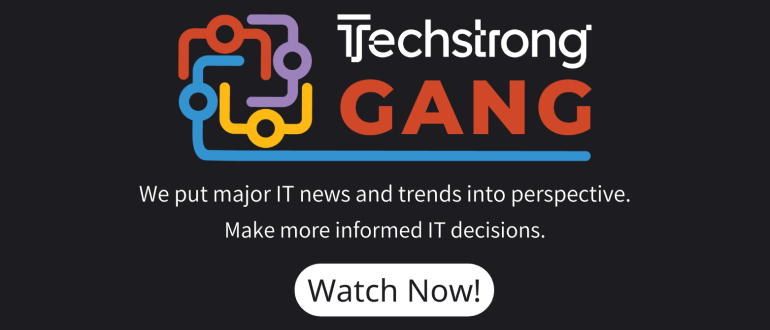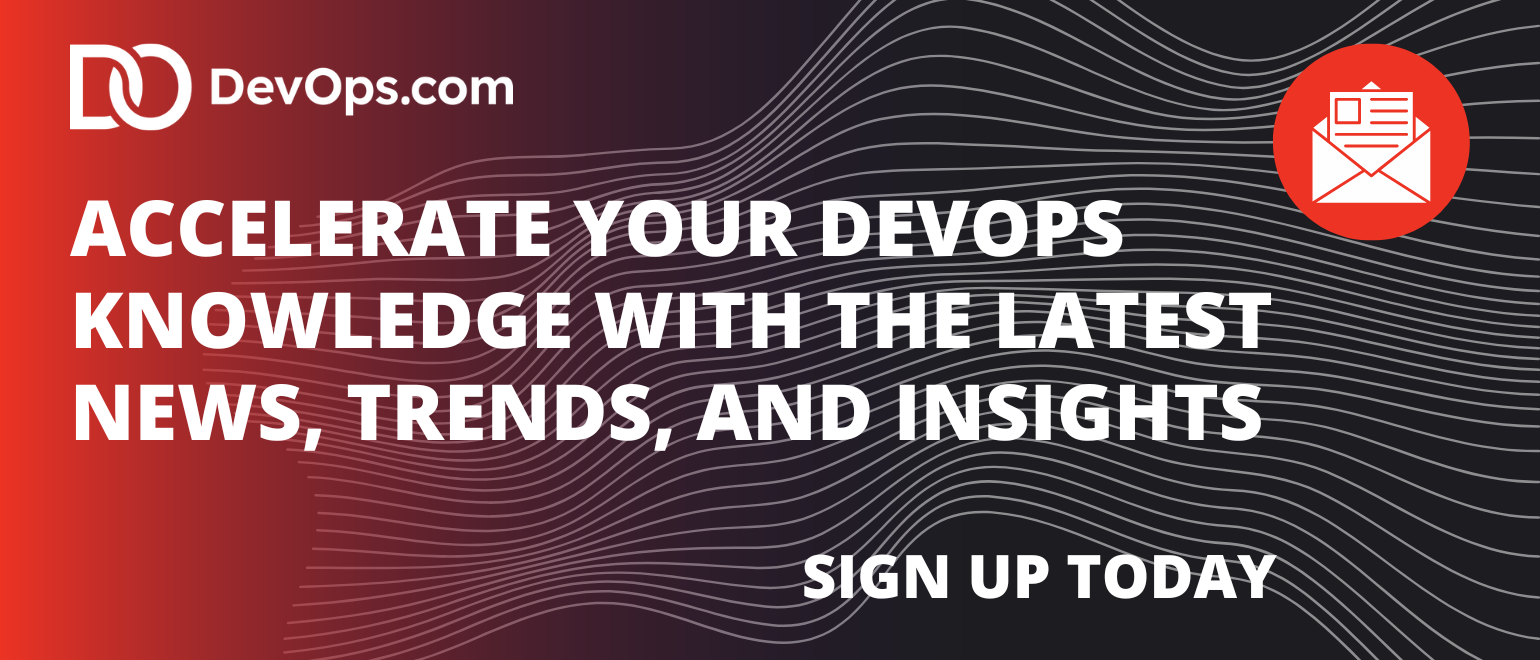Anyone who’s managed a cloud-to-cloud migration knows the headaches: Weeks of manual resource mapping, endless security policy validations and the constant worry about missing critical dependencies. These projects often mean late nights and endless troubleshooting sessions for DevOps teams. But that might be changing.
The Cloud-to-Cloud Migration Challenge
Cloud-to-cloud migration has long been a necessary evil in the DevOps world. Despite cloud vendors offering attractive incentives to move workloads, the migration process remains complex. DevOps teams typically spend months documenting existing infrastructure, writing custom scripts and manually recreating security configurations – all while trying to maintain business continuity.
Enter StackGen’s Automated Approach
StackGen, known for its work in generative infrastructure, has introduced a cloud-to-cloud migration capability that might finally address these persistent challenges. The solution takes a fundamentally different approach by automating the entire migration process.
This makes it interesting: Instead of requiring DevOps teams to map out resources manually, the system uses read-only API access to scan existing cloud environments. It automatically identifies resources, maps dependencies, and – perhaps most importantly – maintains security policies during the transition.
Technical Deep Dive
The technical implementation is clever. The system works across AWS, Azure, GCP and Civo, using their native APIs to build a complete picture of the existing infrastructure. But the real magic happens in the conversion process. Rather than producing a simple inventory, it generates deployment-ready infrastructure as code (IaC).
For DevOps teams, this means:
- No more manual script writing to recreate infrastructure
- Automatic preservation of security policies and compliance requirements
- Built-in validation of resource dependencies
- Ready-to-deploy IaC that matches the source environment
Real-World Applications
The timing of this release is particularly relevant as more organizations adopt multi-cloud strategies. As Arshad Sayyad, StackGen’s co-founder and chief business officer, points out, enterprises are increasingly moving toward multi-cloud deployments, making efficient migration capabilities essential.
According to Mitch Ashley, VP and Practice Lead, DevOps and Application Development, at The Futurum Group, “Cloud-to-cloud migration is a reality for many IT organizations. Whether due to M&A or intentionally expanding to a different cloud provider, the underlying infrastructure and services relied upon by applications must be spot on. Combining the analysis of existing cloud environment with infrastructure-as-code (IaC) can collapse the time to migrate and minimize the learning curve and potential problems down the line.”
Looking Ahead
While automation in cloud migration isn’t new, StackGen’s approach suggests a shift in how we think about cloud transitions. By removing the manual overhead, DevOps teams can focus on more strategic aspects of cloud adoption – like optimization and innovation.
The partnership with Civo, announced at Civo Navigate 2025, offers a practical example. Smaller companies without large IT teams can now consider cloud transitions that previously seemed too complex or resource-intensive.
Bottom Line
For DevOps professionals, this development represents more than just another tool in the toolkit. It’s a chance to rethink how we approach cloud migrations entirely. While it’s too early to declare the end of migration headaches, solutions like this suggest moving toward a future where cloud transitions become routine rather than a dreaded project.
The real test will be in the field as DevOps teams implement these automated migrations in complex, real-world environments. But if the technology delivers on its promises, we might look at a significant shift in how organizations approach cloud mobility.





